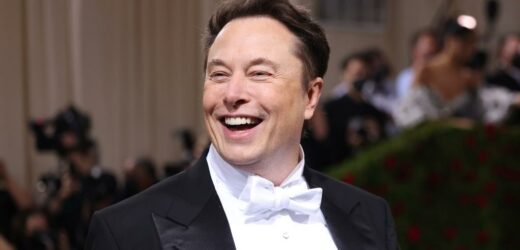Elon Musk, meme aficionado and the world’s richest person, issued his first public response to Twitter’s vow that it will haul him into court to enforce the terms of his $44 billion buyout offer for the company.
Musk, just after midnight ET Sunday, tweeted a meme showing the celebrity CEO laughing at the turn of events. It focuses on the billionaire’s central claim for bailing on the Twitter deal: that the company has stonewalled on providing evidence to back up its assertion that spam and fake accounts on Twitter are less than 5% of total daily active users.
“They said I couldn’t buy Twitter,” the post reads, accompanied by images of a progressively more mirthful Musk. “Then they wouldn’t disclose bot info. Now they want to force me to buy Twitter in court. Now they have to disclose bot info in court.”
Twitter has hired M&A powerhouse law firm Wachtell, Lipton, Rosen & Katz to represent it in litigation against Musk, and the social media company plans to file suit against Musk early this week, Bloomberg reported.
Shares of Twitter were about 5% in pre-market trading Monday, to around $35/share. Under the terms of Musk’s original offer for Twitter, $54.20/share.
On Friday, Musk informed Twitter that he was terminating the acquisition, accusing the company of breaching its contract by (among other things) “dramatically understating the proportion of spam and false accounts.” Twitter has for years claimed that spam and bot accounts represent less than 5% of its active user base. But it’s unclear why Musk did not conduct due diligence on the issue prior to clinching the $44 billion acquisition agreement.
Twitter plans to sue Musk in the Delaware Court of Chancery. “The Twitter Board is committed to closing the transaction on the price and terms agreed upon with Mr. Musk and plans to pursue legal action to enforce the merger agreement,” Twitter chairman Bret Taylor tweeted on Friday.
Even if he prevails in his move to exit the Twitter deal, Musk may have to pay a $1 billion breakup fee to the company unless he is able to prove it significantly misled him about factors tied to the company’s value.
Source: Read Full Article


